Baseball-Specific Training vs General Workouts: You Need Both, At Different Times
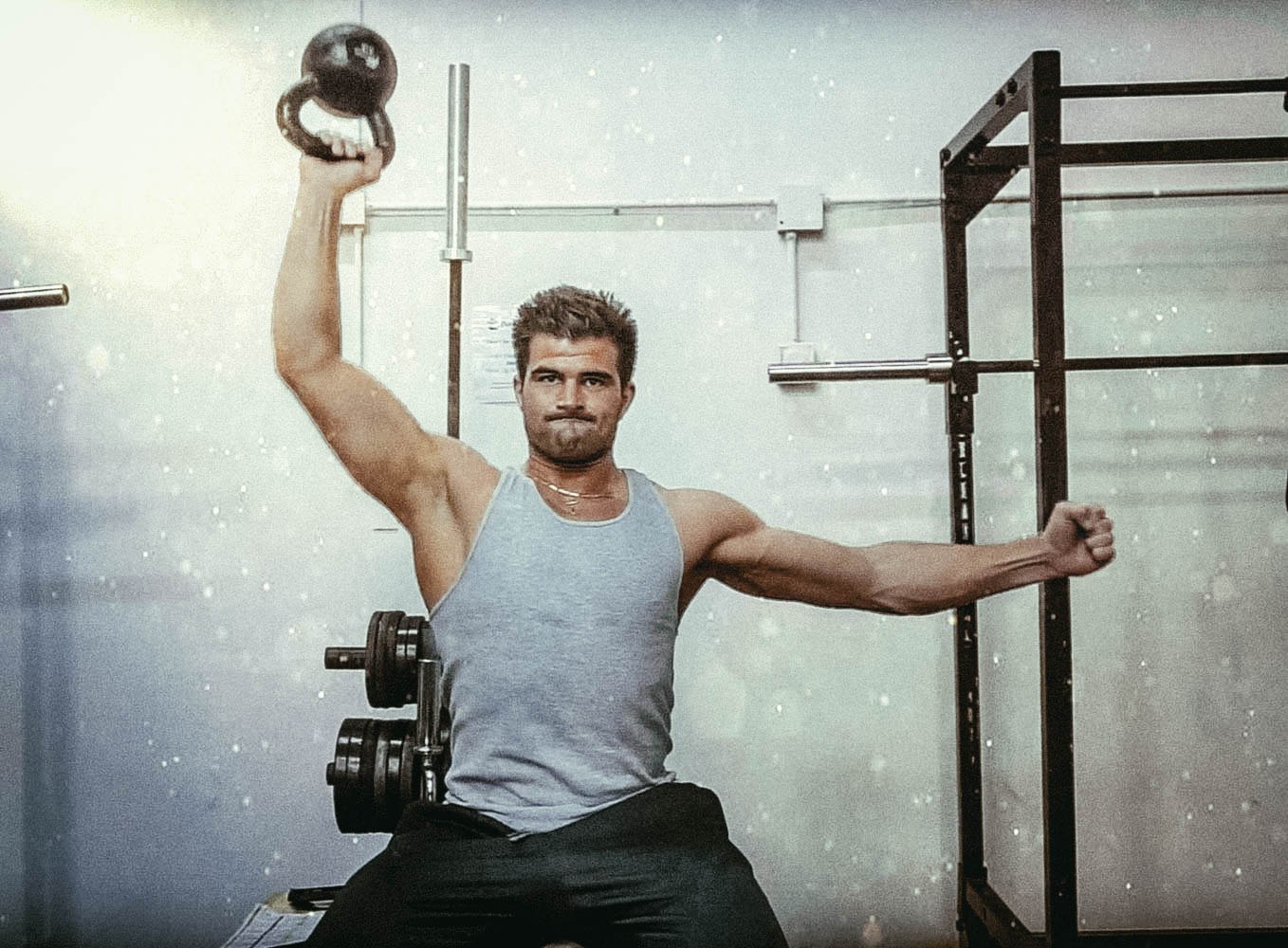
Post written by Ryan Faer, CSCS
Introduction to Ryan
Being new to the Driveline Baseball team and family, I think that it is important that I begin my first post by introducing myself to those who aren’t already familiar with my work as a strength and conditioning professional.
I’m going to side-step most of the formalities of this introduction; in all reality it doesn’t matter where I’ve been or what I’ve done in the past. What matters is what I am able to provide you in terms of knowledge and practical information. For that I’ll spare you of my bio, instead shifting my focus toward acquainting you with my baseball training philosophies and beliefs.
Over the course of many weekly blogs you’ll become privy to just about all of my thoughts on baseball strength and conditioning. These posts will be laden with specific and applicable information that can be utilized to help you in your training as soon as you close your web browser. It will also contain more visceral concepts related to strength and conditioning, concepts that will hopefully lay a strong foundation for you in your pursuit of athletic greatness – a pursuit that will undoubtedly require you to coach yourself quite often. Thus, knowledge and understanding of training – not just how’s, but the why’s – will be a primary objective of my blog posts.
With this post being my “inaugural” piece featured on Driveline, it will certainly be one of those more ideological discussions, as this topic is crucial to understanding my outlook on baseball performance training.
Baseball-Specific vs. General Physical Training
The goals of this discussion are to answer the following questions:
- What is “Baseball-Specific Training” and “General Physical Training”, and how do they differ?
- Why does it matter to the baseball player to understand the delineation between the two?
Defining Baseball-Specific Training
I like to view baseball-specificity through two contextual lenses:
- Baseball-Specific Adaptations
- Baseball-Specific Training
Before talking about the training aspect, it is important that we have an understanding of what sport-specific adaptations are in terms of baseball.
Baseball-specific adaptations refer to the particular adaptations that the body undergoes in response to the physical stressors experienced during throwing and pitching. Similarly, baseball-specific adaptations also refer to any adaptations that must occur during training in order for safe pitching and throwing to occur during the season.
In other words, baseball-specific adaptations can occur as a result of training or as a result of pitching. These adaptations can be both positive and negative (this is a whole other discussion though).
For example: without the baseball-specific adaptation of scapular upward rotation on the dominant throwing arm, pitching safely and effectively during the season would be difficult, if not impossible. On the flip side, pitchers generally tend to adapt to the chronic repetitive stresses of pitching during the season by losing scapular upward rotation. A gain or loss of scapular upward rotation, in turn, is a baseball-specific adaptation that must be controlled for prior to and during the baseball season.
Baseball-specific training, then, is any modality or method that aims to specifically manipulate the aforementioned baseball-specific adaptations. This isn’t just limited to mobility drills that, say, address the mobility demands of pitching (e.g. scapular upward rotation). High-level pitching also requires many other physical adaptations, such as lateral and rotational power, hip and thoracic spine mobility, as well as arm speed and proprioception. While these characteristics can be addressed through more general training (more below) they are best improved through specialized training that most closely resembles the act of pitching itself. Throwing, whether with regulation baseballs, over- or under-weight baseballs, or medicine balls are some training methods that closely mimic the pitching motion itself, thus they are highly baseball–specific.
Defining General Physical Training
The requisites for optimal baseball performance, though, are not limited to sport-specific movements. General strength, global mobility, and other more general performance characteristics should be addressed as well. And, as I am sure that you understand intuitively, we can develop these more general qualities – qualities that are important for all sports, not just baseball – through general physical training methods.
For example: bilateral (two-legged) exercises are the most efficient means of enhancing maximal lower-body strength, as you can more effectively load the body with both legs are in a parallel stance (such as the squat and deadlift). While this isn’t “sport-specific”, I consider general physical training to be a vital component for improving all sport performance.
Understanding the General-Specific Training Continuum
The delineation between baseball-specific and general training is important to understand for two reasons. Primarily, this is because specific and general training are interrelated. In fact, they are both on opposite ends of the general-specific training continuum.
As stated above, an attempt to develop lower-body strength by using, say, the bilateral squat (whatever variation: front, back, goblet, etc.) is considered general training. This is an integral part of the baseball performance training process.
But, why is it important?
We never throw or pitch from a parallel stance…
No, we don’t. But, the goal of general physical training is not to mimic the throwing motion. The goal of general physical training is to target general physical characteristics – characteristics that not only develop overall athleticism, but also help enhance the more baseball-specific outcomes.
This diagram should help explain this relationship more clearly:
Max and Relative Lower-Body Strength (General) → Lower-Body Power (General) → Lower-Body Power Directed Laterally/Rotationally (Specific) → Powerful Pitching (Specific)
Thus, if you want to attain optimal sport-specific adaptations (e.g. rotational throwing power) you must first develop the requisite lower-body strength, power, etc.
The second reason it is vital to understand the differences between general and specific training is that this understanding is needed to foster balance between the two ends of the training spectrum.
Training for baseball performance isn’t just about enhancing performance itself. Injury reduction is also a key component (and a hot-button topic in its own right). To best address injury reduction, the pitcher must be able to “off-set” baseball-specific training and manage sport-specific adaptations.
Adapting the Continuum Throughout a Season and Career
In general, the off-season for a pitcher should move from general in nature to sport-specific over time.
The beginning of the off-season will contain more generalized training, not only to build the base of strength for subsequent specialized methods, but also to off-set an entire season of high throwing and pitching volumes, “maintenance” training in the weight room, and baseball-specific adaptations that have been accrued.
As the off-season progresses, power should become a larger focus, culminating with a pre-season period tailored more toward sport-specific power development.
Due in large part to the chronic nature of pitching stressors, as pitching volume ramps up at the start of the season, sport-specific training should be reduced, as not to overload the already-repetitive patterns experienced during pitching. Thus, generalized training becomes more of a focus (I should emphasize “focus” – it is the emphasis, but this does not come at the exclusion of all sport-specific training). This is the “off-set” we are talking about. The pitcher experiences plenty of lateral, rotational, minimally–loaded movements, thus training in the weight room doesn’t need to be focused on movements with similar characteristics.
The pendulum can swing easily from one side of the general-specific continuum toward the other over the course of the preparation and competitive seasons, year after year. But, it can also swing variably for different pitchers.
For example, for the younger amateur pitcher (with a low training age) general physical training will most likely require greater attention. This is because, a) the young athlete generally does not have the overall strength necessary to take full advantage of more sport-specific training, b) the young pitcher generally has had much greater exposure to throwing than strength training, thus off-setting is necessary, and c) the young athlete has a greater window of adaptation for strength gains early in their training career, as the nervous system is primed for development – thus, they stand to gain much more on the field by just getting stronger in the weight room.
Conversely, the MLB veteran pitcher who has been training for some 10-15 years may not stand to see as great of gains from a program highly-focused on general-training, nor might they need as much general training. Thus, the pendulum may swing away from the general side of the continuum whenever “max strength” is supposed to be the focus. This is just a hypothetical example, not an absolute for all veteran pitchers.
Finally, consider an injury’s impact on the training process. If a pitcher sustains a mid-season injury and misses throwing/pitching for any length of time, they will undoubtedly fill that void with rehabilitation and general training.
But, before this pitcher sees the field upon recovery, they should see that their pendulum swings back toward the sport-specific aspect of the continuum, at least for a short time, in order to ensure adequate preparation for pitching performance and a safe return-to-play status (Driveline has a template for specific return-to-throwing work).
Answering the Questions
To wrap up, let’s briefly summarize the key concepts of this discussion by answering our initial questions:
- What is “Baseball-Specific Training” and “General Physical Training”, and how do they differ?
Baseball-specific training addresses baseball-specific adaptations by
- Preparing the pitchers for the demands of pitching (during the preparation phase)
- Manipulating the adaptations experienced due to the stresses of pitching (during the competition phase)
General physical training aims to enhance the capacity for sport-specific training by improving general physical characteristics such as strength, power, and global mobility, while also off-setting the chronic adaptations accrued from pitching.
- Why does it matter to the baseball player to understand the delineation between the two?
In order to prepare for and maintain optimal pitching performance, pitchers should understand how to best balance the physiological sport-specific demands faced in baseball, the sport-specific adaptations necessary to safely perform at a high level, the general physical characteristics necessary to accentuate results from sport-specific training, and to best off-set accumulated baseball-specific adaptations.
***
Ultimately, high-level pitching performance cannot be attained nor sustained by exclusively focusing on either baseball-specific training or general training. The incorporation and appropriately shifted balance of both lends itself to safe and effective athletic development of the baseball pitcher.
Want to learn more about strength training as it relates to being a better baseball pitcher? Read all of our articles relating to strength here.
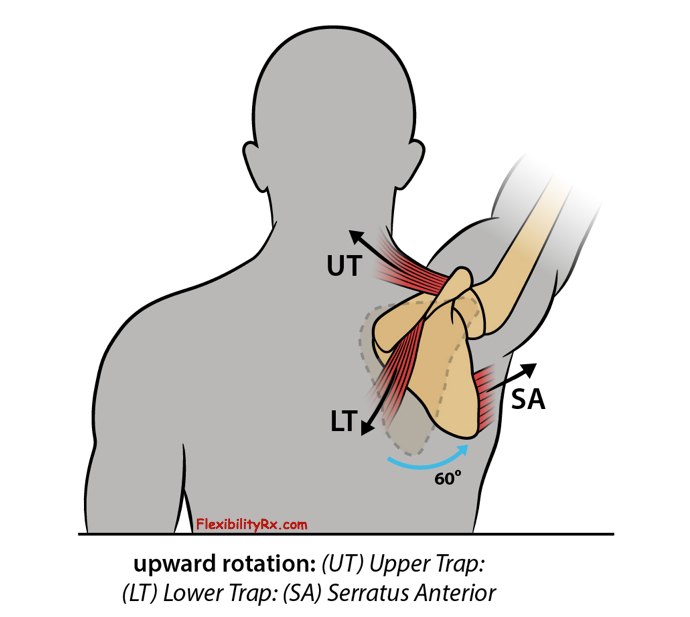
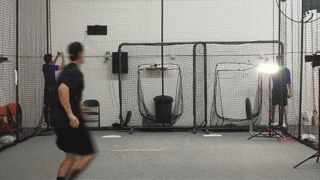


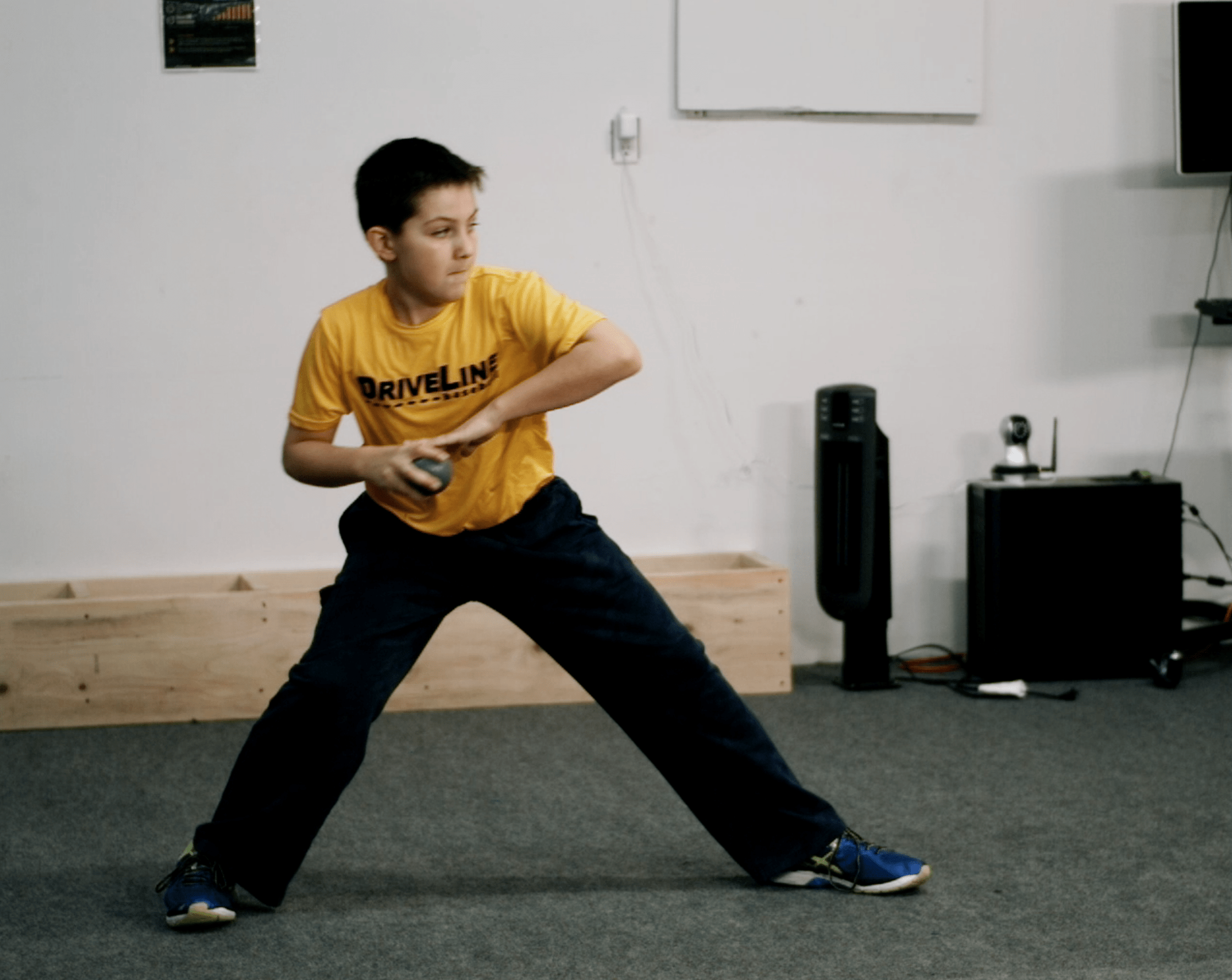

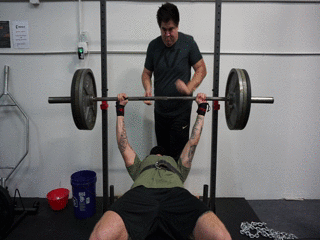
Comment section